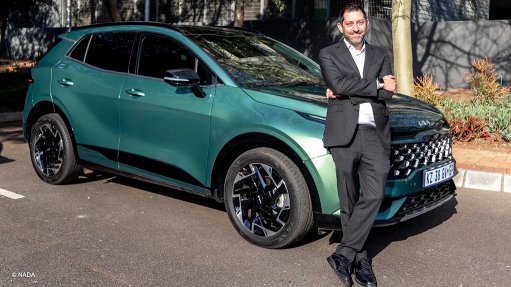
Brandon Cohen
With consumers continuing to struggle in the current tough economic environment, lower-income individuals are making up an increasingly smaller portion of total vehicle finance deals as they struggle to find the money to buy a car.
This is according to TransUnion's third quarter auto market analysis, released at the end of November.
The report shows that financially distressed consumers are increasingly gravitating toward more affordable mobility options – thereby reshaping the domestic automotive industry landscape.
According to the National Automobile Dealers’ Association (NADA), the local automotive industry is experiencing “a notable shift”, with dealers now forced to take strategic steps to boost new-vehicle sales through “innovative trade support initiatives”.
“This collaboration with [vehicle manufacturers] and importers, coupled with flexible financing options, is creating a dynamic environment for dealers and consumers alike.”
Financial institutions are also playing a key role by offering financing up to 84 months, subject to certain criteria, with no balloon payments at the end.
In addition to this, leasing and step-payment options are being introduced by financiers to further support sales in the dealer environment.
In short, the third quarter of this year saw an array of discounted vehicles, cash-back deals and buying-support across various vehicle brands.
"This underscores the depth of the pricing strategies adopted by dealers and their [vehicle manufacturers] to stimulate new-vehicle sales,” says NADA chairperson Brandon Cohen.
“The market is evolving, and consumers are benefiting from these unprecedented opportunities,” he believes.
The impact of these pricing strategies is evident in the used-to-new-vehicle financing ratio, reflecting a shift in consumer preferences.
The ratio decreased from 2.05 in the third quarter of last year to 1.41 in the same period this year, indicating consumers’ preference for new vehicles over used ones.
This shift is attributed to the attractive opportunities presented by new vehicles, including support and discounts, as well as the introduction of new entry-level models from existing players and Chinese brands, says Cohen.
"The automotive landscape is evolving rapidly, with dealers adapting to changing consumer demands and market conditions. As pricing strategies continue to reshape the industry, both consumers and dealers stand to benefit from the dynamic and flexible nature of the current market.”